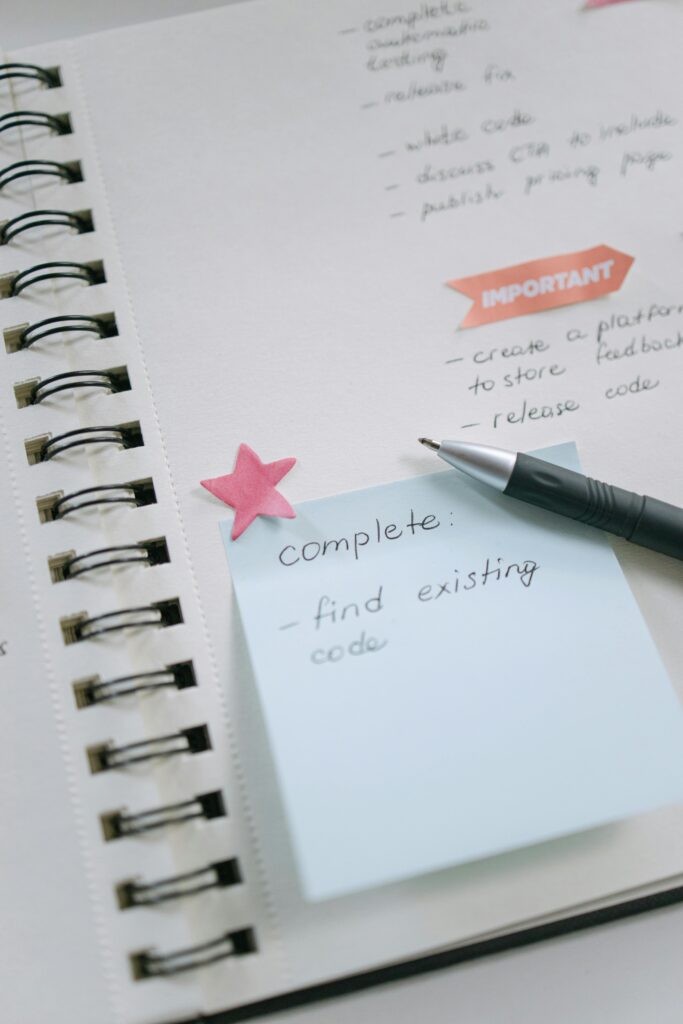In today’s fast-paced world, distractions are everywhere — from constant email pings to the endless lure of social media. For many people, the day feels like a juggling act between different tasks, leading to mental fatigue and lower productivity.
One proven method to overcome this chaos is the Task Batching Method — a time management strategy where you group similar tasks and complete them in dedicated time blocks. By reducing context switching, you save mental energy, improve focus, and achieve better results in less time.
In this blog, we’ll explore what task batching is, how it works, its benefits, real-life examples, and practical steps to implement it in your routine.

What is Task Batching Method ?
Task batching is the practice of grouping similar or related tasks together and working on them during a single, uninterrupted time block.
Instead of jumping between unrelated tasks all day, you dedicate specific chunks of time to one type of work.
Example:
- Responding to all emails between 11 AM–12 PM instead of checking them every 10 minutes.
- Scheduling all social media posts for the week in one 2-hour session instead of doing it daily.
Why Task Batching Works – The Science Behind It
The main reason task batching is so effective lies in eliminating context switching.
Research from the American Psychological Association shows that shifting between tasks can reduce productivity by up to 40%. Every time you switch between activities, your brain takes time to re-focus — a phenomenon called attention residue.
When you batch similar tasks:
- Your brain stays in the same “mental mode.”
- You reduce decision fatigue.
- You maintain a flow state for longer periods.

Benefits of Task Batching Method
Here’s why productivity experts swear by this method:
1. Saves Time
Switching between tasks wastes precious minutes. Batching reduces interruptions, so you get more done in less time.
2. Reduce Stress
When you know exactly when you’ll handle certain tasks, you stop worrying about them throughout the day.
3. Improves Focus
Working on similar activities keeps your mind in the same gear, making it easier to stay focused.
4. Boosts Output Quality
With fewer distractions, you produce better work with fewer errors.
5. Creates Structure
Task batching brings order to your day, helping you feel more in control.
Types of Task Batching method
Not all tasks are the same, so here are a few common batching categories:
- Communication Batching
- Emails, phone calls, messaging apps.
- Creative Work Batching
- Writing, designing, brainstorming.
- Administrative Batching
- Data entry, filing, scheduling.
- Errand Batching
- Grocery shopping, banking, bill payments.
- Learning Batching
- Reading articles, watching tutorials, attending webinars.

Also Read : Work-Life Blur in Remote Work: The Hidden Cost of an Always-On Culture
How to Implement Task Batching in Your Life
Here’s a step-by-step guide:
Step 1 – Identify Your Common Tasks
Make a list of recurring tasks you do weekly. Group them based on similarity.
Step 2 – Choose Time Blocks
Assign dedicated time slots for each batch. Protect these blocks from interruptions.
Step 3 – Prepare in Advance
Before starting a batch, gather all tools and resources you’ll need.
Step 4 – Eliminate Distractions
Turn off notifications, close unnecessary tabs, and inform colleagues/family about your focus time.
Step 5 – Review & Adjust
Test your batching schedule for a week, then tweak it based on what works best.
Real-Life Examples
- Content Creator: Shoots multiple videos in one day instead of filming daily.
- Student: Reads all assigned chapters in one afternoon instead of spreading them over several days.
- Entrepreneur: Handles all financial tasks (invoicing, budget review, tax prep) in one morning per week.

Also Read : Over-Reliance on Tools: When Productivity Apps Slow You Down Instead of Speeding You Up
Common Mistakes to Avoid
- Batching tasks that require different mental skills (e.g., mixing creative writing and financial analysis in the same block).
- Making batches too large, leading to fatigue.
- Not allowing breaks between batches.
- Ignoring urgent tasks because they don’t fit into the batch schedule.
Task Batching vs. Time Blocking
While similar, they are not the same:
- Time Blocking: Scheduling your day into blocks for specific tasks or activities.
- Task Batching: Grouping similar tasks into one time block.
You can combine both for maximum efficiency.
Pro Tips for Successful Task Batching
- Start with low-energy tasks in the morning to warm up, or do high-focus work when your energy is highest.
- Use timers (like the Pomodoro Technique) within batches to maintain pace.
- Keep a “batch ideas” list — whenever a new task pops up, add it to the relevant batch instead of doing it immediately.
Conclusion
Task batching method is a simple yet powerful productivity strategy that can transform the way you work. By grouping similar tasks and focusing on them in dedicated blocks, you minimize distractions, save time, and reduce stress.
If you often feel scattered, give task batching a try. Start small, refine your approach, and you’ll soon find yourself working smarter, not harder.

